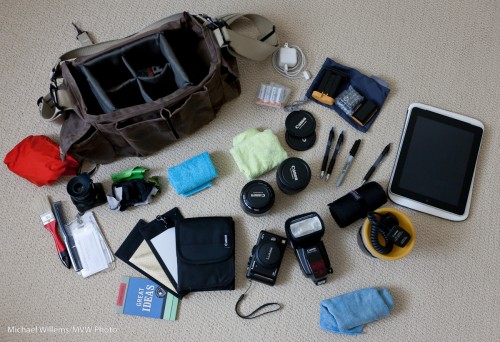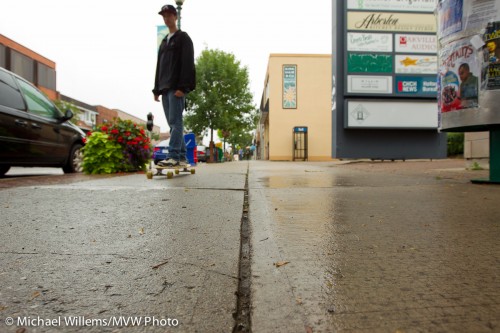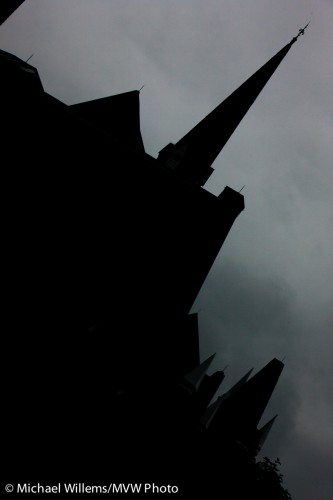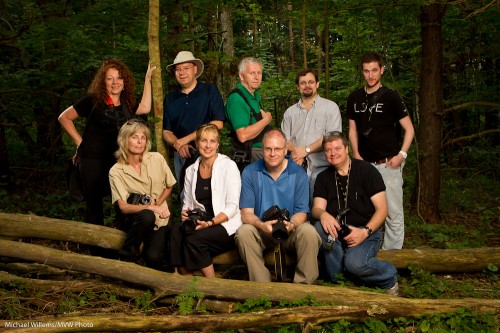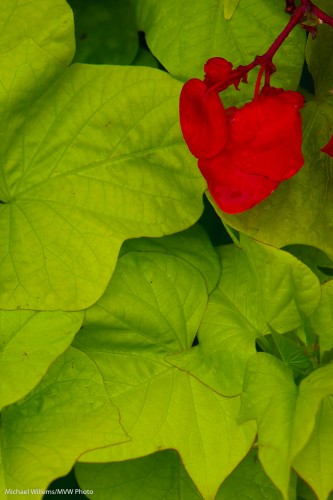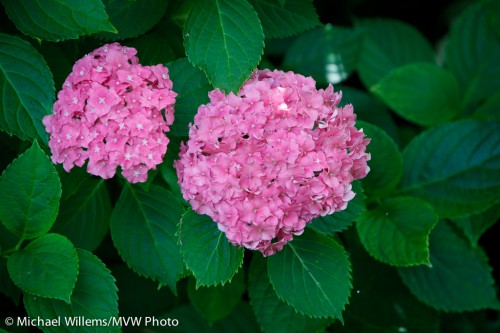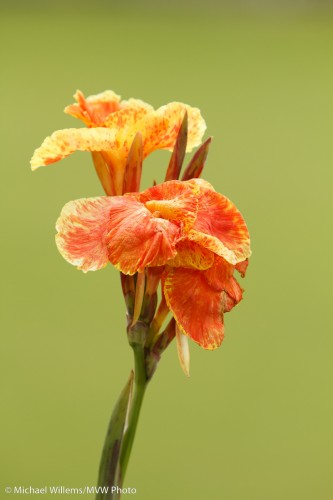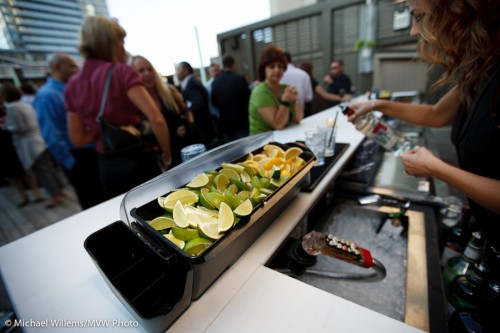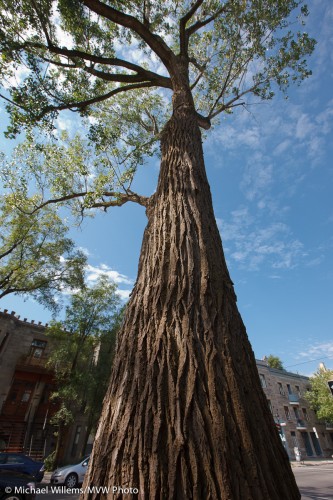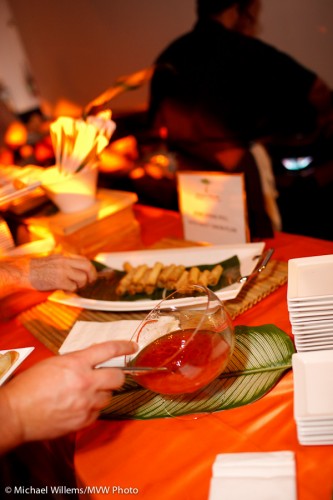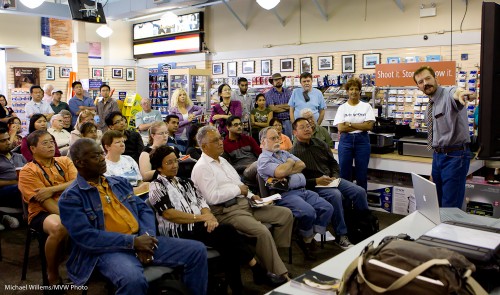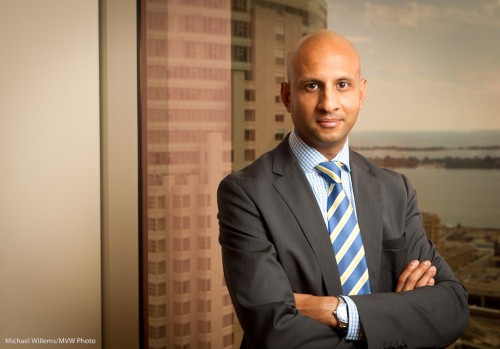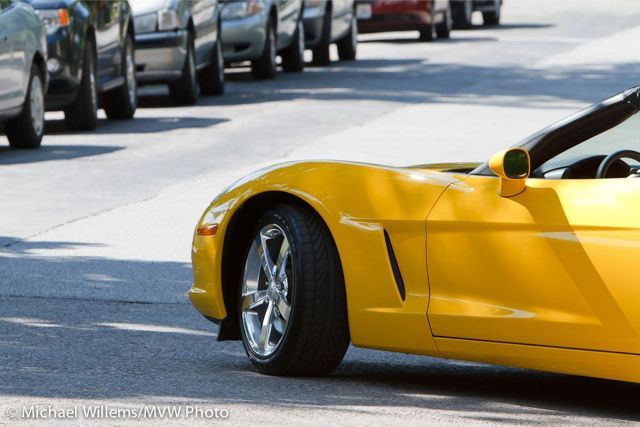A student from the other day asks:
My son & I really enjoyed the course with you last night. I do find myself a bit puzzled though about one particular matter when it comes to future investment. I’m thinking about updating my 10D and then purchase another lens, yet you’re not the first person to praise their “Micro Four Thirds” camera – especially given the quality and additional lens options. I’m wondering if this is going to be like the cherry-wood entertainment center I purchased years ago when wide screen tv’s were just on the way… but this entertainment center was not built for it. Today, it’s still a beautiful piece of furniture, but it’s admittedly been sidelined since it’s unable to accommodate modern TV shapes.
What do you think? If this is the way of the future… perhaps my EF lenses may go the way of the dinosaur?
Good question: and yes, I d love the Panasonic Lumix I recently bought, and yes, it can produce work as good as the SLRs. So are we dumping those and going to Micro Four Thirds?
No – not at the expense of SLRs. SLR cameras will always be here. Why? Why lug about a heavy camera when a small camera can be as good? For reasons like these:
- The availability of a much wider range of lenses.
- The ability to shoot more quickly (ten frames a second on my 1D, 8 on the 7D).
- Waterproofing
- Focusing systems that do not rely on the sensor
- The ability to use a viewfinder that shows “the real thing”
- More buttons – yes, that is a good thing. Few menus needed. To change exposure, ISO, metering mode, white balance, and a host of other things, on my SLR I can press one button. On smaller cameras I often need to enter menu systems, which can be convoluted.
- Micro Four Thirds is so special because it uses a biiig sensor: but it’s still not quite as big as a crop SLR’s sensor (and not nearly as big as a full size sensor). And sensor size matters greatly: lower noise, and more restricted depth-of-field possibilities.
Those reasons show why SLRs will be at the forefont of camera development for many more years.
Now, one thing you may want to do is use EF rather than EF-S lenses. More cameras are being released as full-sized snesors, and an EF lens can fit on any Canon camera, while an EF-S lens can only fit o the crop sensor camera.
EF lenses, then, provide great future proofing. You can go ahead and buy and not fear that five or ten years down the road, your lens will be worthless and (worse), useless..

